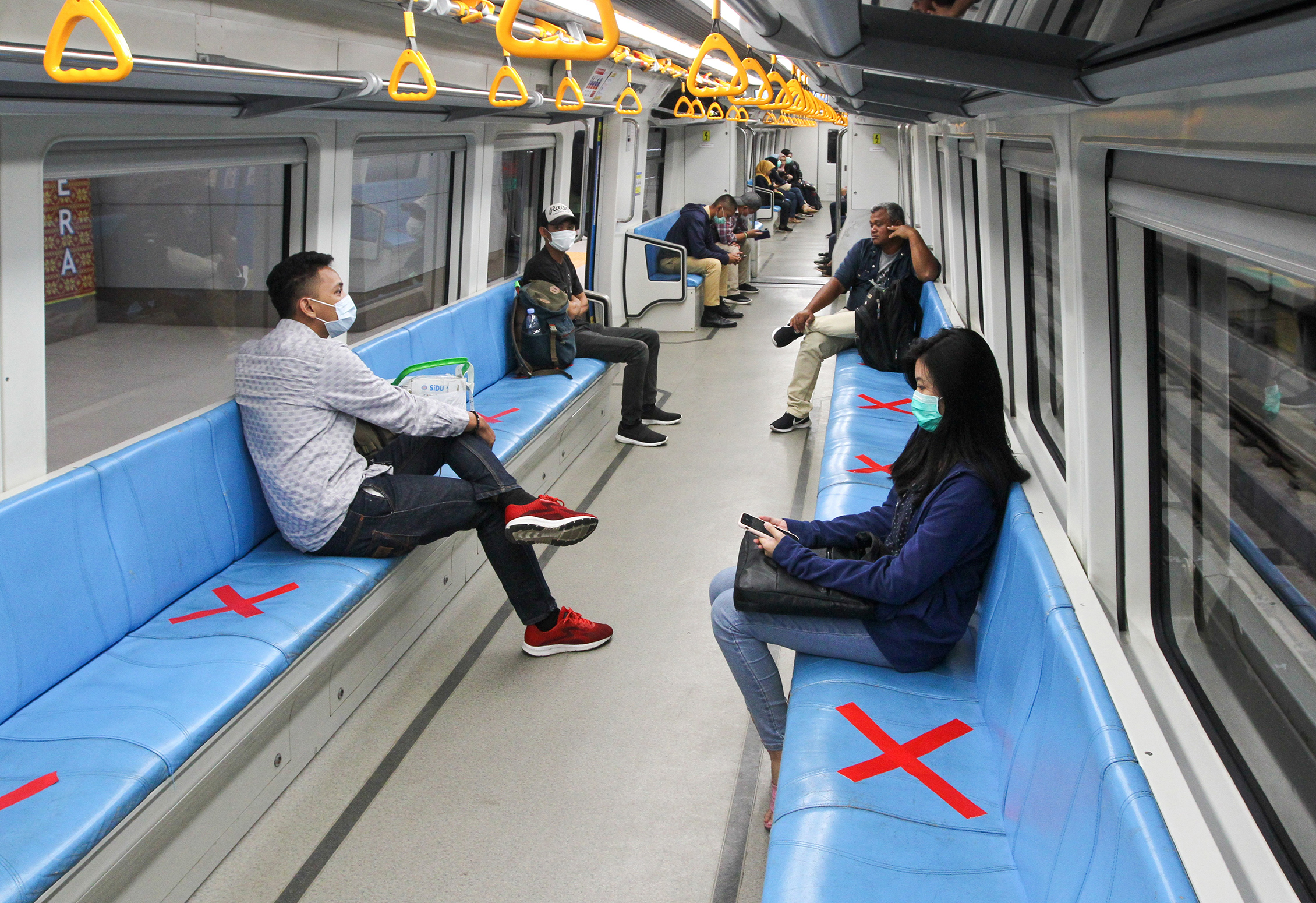Social distancing is a behavior practiced to slow or stop the spread of a contagious disease by limiting contact between people. Social distancing is most effective against illnesses that can be transmitted by coughing or sneezing, direct or indirect physical contact, or through the air. Indirect physical contact involves different individuals having contact with the same item or surface. The term physical distancing is sometimes used in place of social distancing. Some public health experts use physical distancing to stress that people should stay in touch with vulnerable groups, such as elderly neighbors and family members, while limiting physical contact.

Typical social distancing measures call for the closing of such public places as schools, restaurants, museums, and many offices and stores. They discourage or prohibit nonessential travel and group gatherings. People are generally encouraged to keep a distance of around 6 feet (2 meters) from one another in public. Governments may issue “shelter in place” or similar orders to discourage people from leaving the home except to get such necessities as food, medicine, and medical care.

Social distancing may be undertaken alongside other public health measures, such as encouraging frequent hand washing and self-quarantining. In self-quarantining, people who may have an illness are encouraged to isolate themselves as much as possible, until they can be reasonably sure they are not contagious.
Social distancing can be part of an effort to flatten the curve, an expression that describes curbing the rate of infection to make a disease outbreak more manageable. The expression refers to a graph that plots the number of new infections over time. On such a graph, a rapid surge in cases results in a tall, narrow curve. The steep rise in infections can quickly surpass the capacity of hospitals and other health care institutions to provide proper care. Social distancing and other measures help slow the rate of infection, resulting in a flatter curve. Flattening the curve helps to avoid having more sick people than can be treated effectively at any one time.
Social distancing has helped to slow the spread of such modern epidemics (disease outbreaks) as avian influenza , swine flu , Middle East respiratory syndrome (MERS) , and severe acute respiratory syndrome (SARS) . In 2020, social distancing measures were widely enacted to combat a deadly pandemic (global outbreak) of the coronavirus disease COVID-19 .
